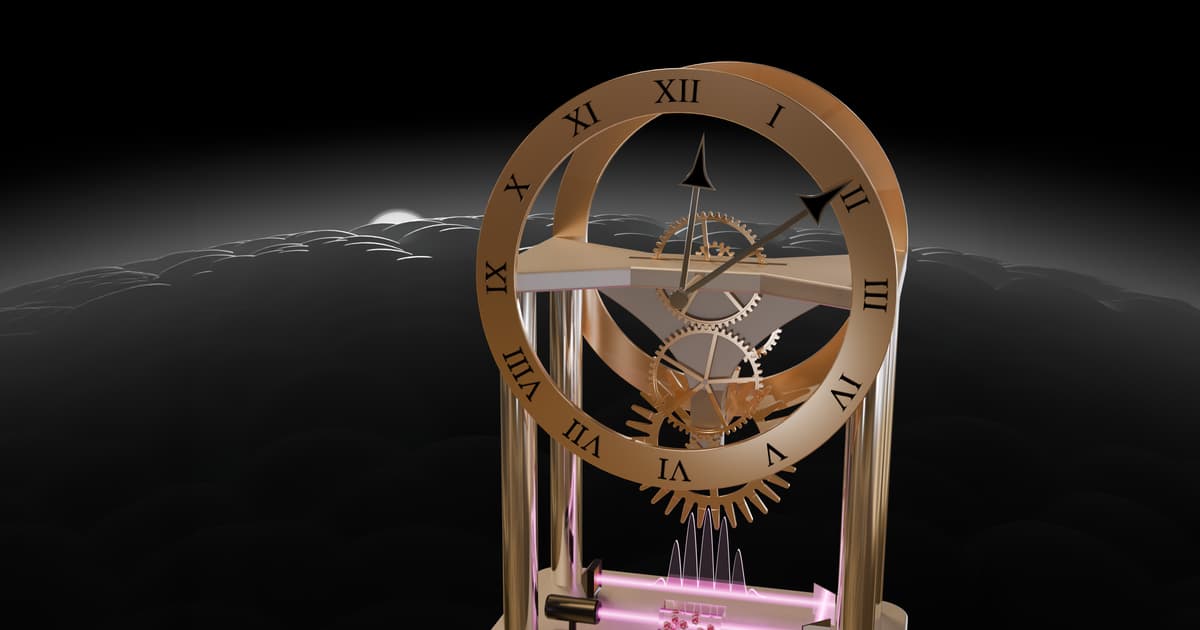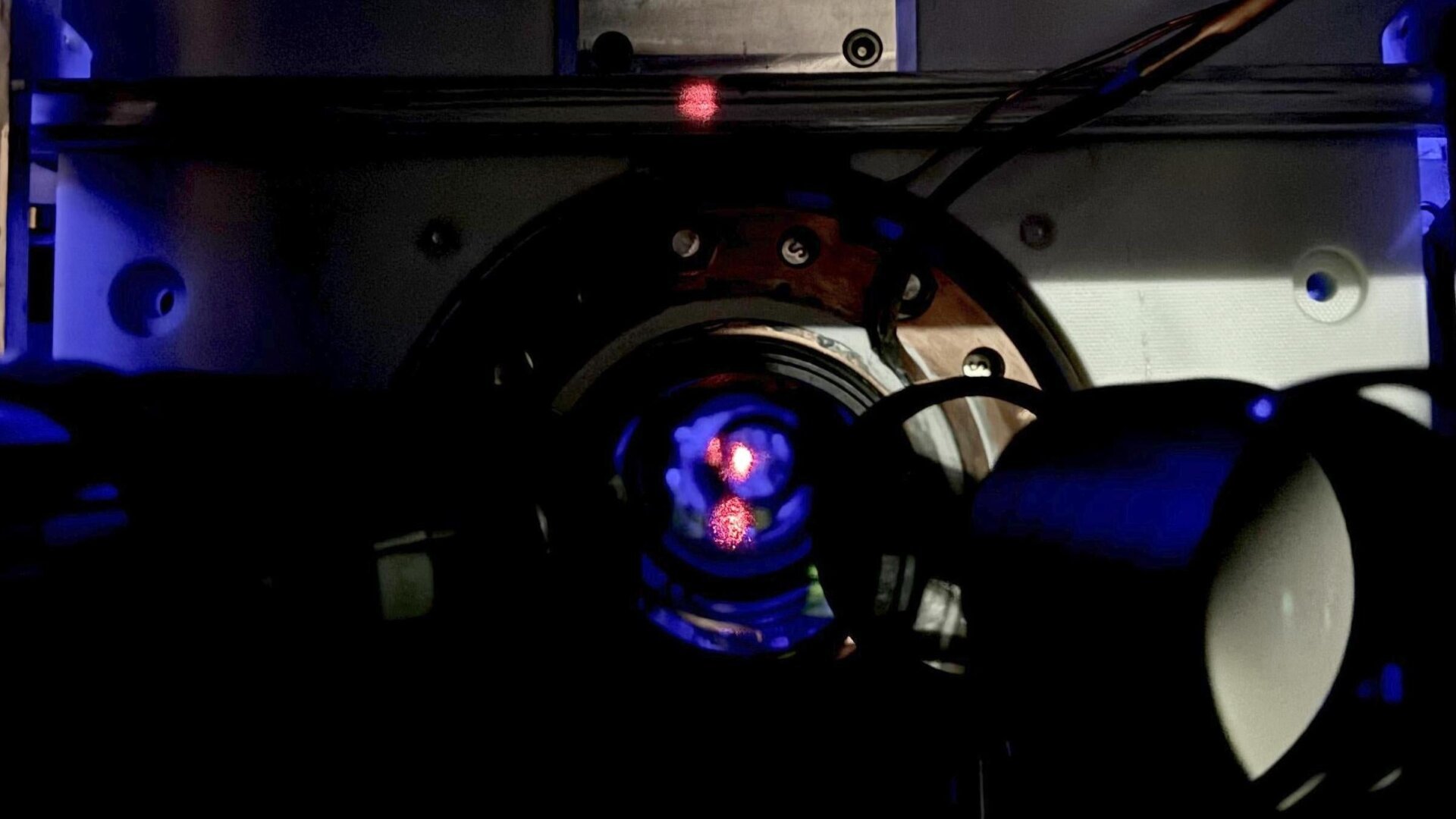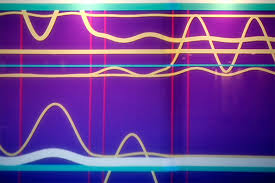
Atomic clocks are the most accurate timekeepers we have, losing only seconds across billions of years. But apparently that's not accurate enough - nuclear clocks could steal their thunder, speeding up GPS and the internet.

The device, which traps thousands of atoms to keep time, is "pushing the boundaries of what's possible with timekeeping."

This is just the latest result from efforts around the world to create the best-ever atomic clock. Perhaps these clocks could detect dark matter from the way its gravity alters spacetime.

Physicists have uncovered hints of a time crystal. Time crystals, first identified in 2016, are different from ordinary crystals, - their atoms spin periodically, first in one direction and then in another.

Topological defects in the Universe itself could be picked up by atomic clocks.

Some want to scrap adjustment that keeps atomic time in sync with Earth

Polish physicists have been aiming to build an optical atomic clock, an extremely precise device with an accuracy of one second in a few dozen billion years, since 2008. The last of the three key components of the clock: an atomic frequency standard based on cold strontium atoms has just been developed. The clock itself will be assembled already this year.

In a paradox typical of the quantum world, JILA scientists have eliminated collisions between atoms in an atomic clock by packing the atoms closer together. The surprising discovery, described in the Feb. 3 issue of Science Express, can boost the performance of experimental atomic clocks made of thousands or tens of thousands of neutral atoms trapped by intersecting laser beams.